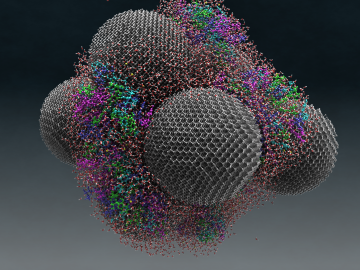
Filter News
Area of Research
- (-) Biology and Environment (177)
- (-) Neutron Science (190)
- (-) Renewable Energy (4)
- Advanced Manufacturing (34)
- Biological Systems (18)
- Biology and Soft Matter (5)
- Building Technologies (12)
- Chemical and Engineering Materials (4)
- Chemistry and Physics at Interfaces (11)
- Clean Energy (522)
- Climate and Environmental Systems (14)
- Computational Biology (6)
- Computational Chemistry (5)
- Computational Engineering (5)
- Computer Science (19)
- Data (1)
- Earth Sciences (1)
- Electricity and Smart Grid (3)
- Energy Frontier Research Centers (14)
- Energy Sciences (5)
- Fossil Energy (3)
- Fuel Cycle Science and Technology (3)
- Functional Materials for Energy (16)
- Fusion and Fission (54)
- Fusion Energy (17)
- Geographic Information Science and Technology (3)
- Isotope Development and Production (3)
- Isotopes (35)
- Materials (433)
- Materials Characterization (2)
- Materials for Computing (36)
- Materials Synthesis from Atoms to Systems (13)
- Materials Under Extremes (12)
- Mathematics (1)
- National Security (79)
- Neutron Data Analysis and Visualization (4)
- Nuclear Science and Technology (74)
- Nuclear Systems Modeling, Simulation and Validation (3)
- Nuclear Systems Technology (1)
- Quantum Condensed Matter (4)
- Quantum information Science (9)
- Reactor Technology (1)
- Sensors and Controls (5)
- Supercomputing (311)
- Transportation Systems (11)
News Type
News Topics
- 3-D Printing/Advanced Manufacturing (15)
- Advanced Reactors (2)
- Artificial Intelligence (14)
- Big Data (10)
- Bioenergy (50)
- Biology (75)
- Biomedical (26)
- Biotechnology (13)
- Buildings (2)
- Chemical Sciences (13)
- Clean Water (13)
- Climate Change (41)
- Composites (5)
- Computer Science (31)
- Coronavirus (18)
- Critical Materials (1)
- Cybersecurity (1)
- Decarbonization (21)
- Energy Storage (13)
- Environment (97)
- Exascale Computing (4)
- Fossil Energy (1)
- Frontier (4)
- Fusion (1)
- Grid (3)
- High-Performance Computing (22)
- Hydropower (9)
- Isotopes (2)
- Machine Learning (10)
- Materials (25)
- Materials Science (28)
- Mathematics (3)
- Mercury (7)
- Microscopy (13)
- Molten Salt (1)
- Nanotechnology (17)
- National Security (5)
- Net Zero (2)
- Neutron Science (99)
- Nuclear Energy (4)
- Partnerships (5)
- Physics (11)
- Polymers (3)
- Quantum Computing (1)
- Quantum Science (7)
- Renewable Energy (1)
- Security (4)
- Simulation (14)
- Space Exploration (3)
- Summit (15)
- Sustainable Energy (32)
- Transformational Challenge Reactor (1)
- Transportation (8)
Media Contacts

Working backwards has moved Josh Michener’s research far forward as he uses evolution and genetics to engineer microbes for better conversion of plants into biofuels and biochemicals. In his work for the BioEnergy Science Center at ORNL, for instance, “we’ve gotten good at engineering microbes th...
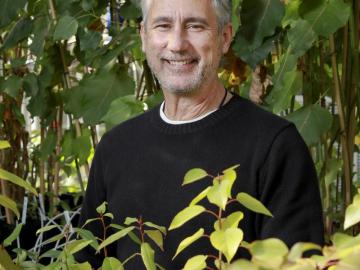
It’s been 10 years since the US Department of Energy first established a BioEnergy Science Center (BESC) at Oak Ridge National Laboratory (ORNL), and researcher Gerald “Jerry” Tuskan has used that time and the lab’s and center’s resources and tools

After more than a year of operation at the Department of Energy’s (DOE’s) Oak Ridge National Laboratory (ORNL), the COHERENT experiment, using the world’s smallest neutrino detector, has found a big fingerprint of the elusive, electrically neutral particles that interact only weakly with matter.
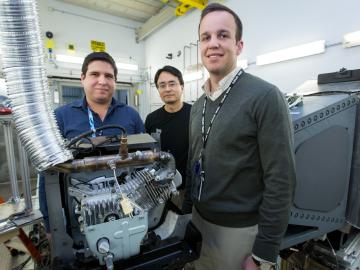

Researchers used neutrons to probe a running engine at ORNL’s Spallation Neutron Source
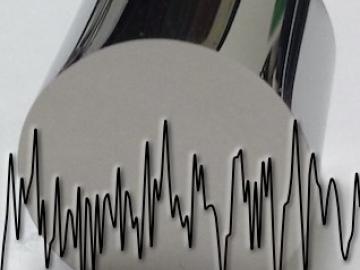
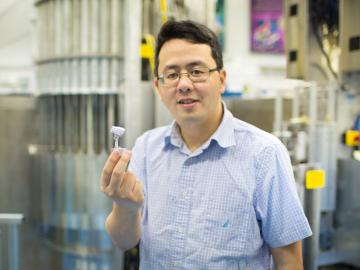
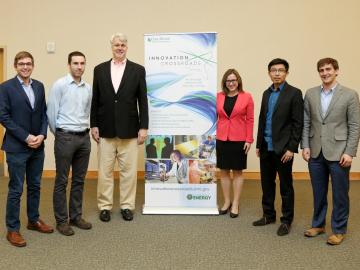
Oak Ridge National Laboratory today welcomed the first cohort of innovators to join Innovation Crossroads, the Southeast region's first entrepreneurial research and development program based at a U.S. Department of Energy national laboratory. Innovation Crossroads, ...
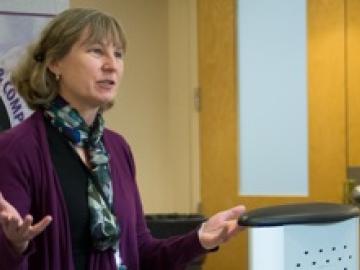
Ecologist Virginia Dale is an ORNL corporate fellow and director of the lab’s Center for BioEnergy Sustainability. In her work she focuses on environmental decision making, plant succession, land-use change, landscape ecology, ecological modeling, sustainability, and bioenergy systems. Dale...
